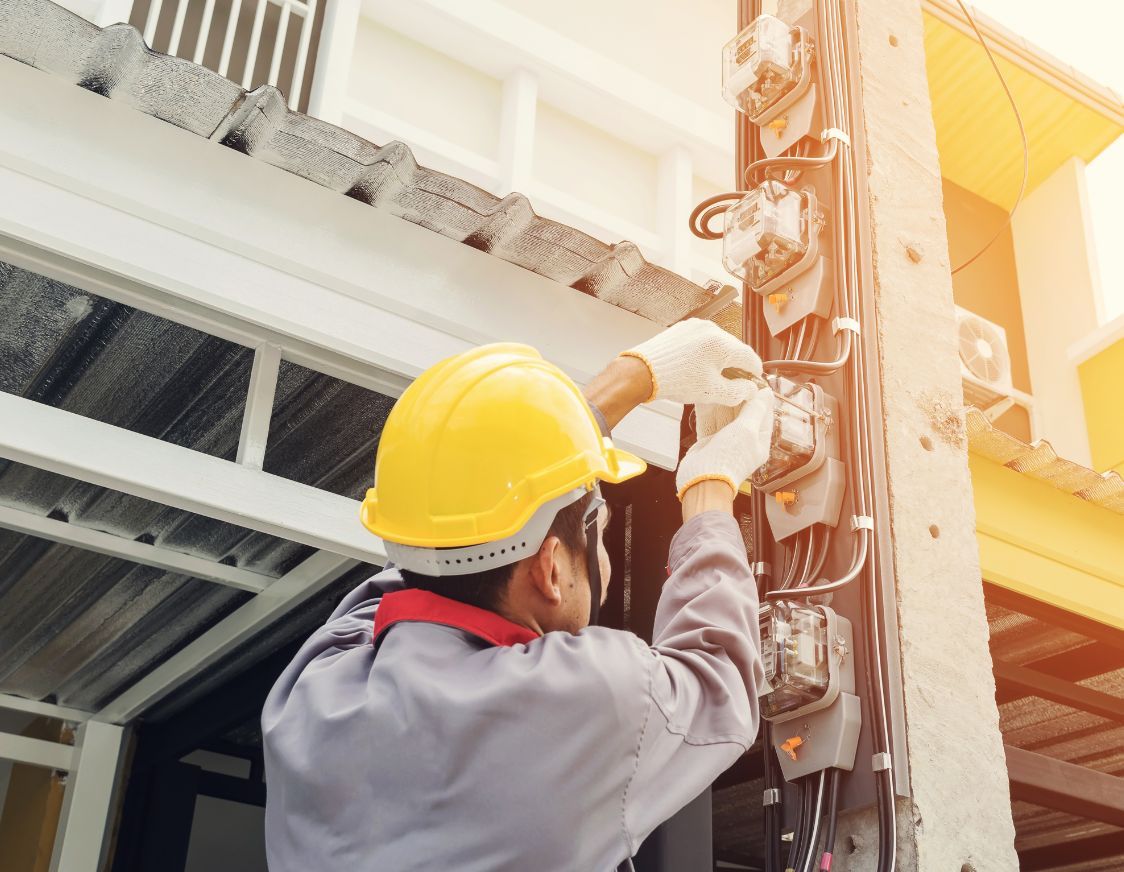Insurance premiums might seem complex, but they boil down to one key principle: risk. Insurance companies assess premiums based on the perceived risk of providing coverage. Implementing safety standards in your home, vehicle, or business can reduce this risk and potentially lower your premiums. Here’s how understanding and complying with safety standards can make a difference in your insurance costs.
Grasping the Factors Behind Insurance Rates
Understanding how insurers calculate rates helps you make informed choices that could lead to premium savings. Insurers consider various risk factors, many of which are influenced by the safety measures you adopt.
Key Elements That Influence Your Premiums
Many elements contribute to your insurance premiums, such as age, experience, location, and safety features. Here’s a breakdown:
- Safety Features: Properties with alarms, security cameras, anti-theft devices, and other safety features are often eligible for discounts. For contractors, investing in safety features like pollution liability coverage (see pollution liability for contractors) can lower premiums by showing insurers that you’re minimizing environmental risks.
- Location: Premiums may be higher in high-risk areas, such as flood-prone zones or high-crime regions. For HVAC contractors, specific state insurance requirements in California might also affect coverage needs and costs.
- Claims History: Filing frequent claims can indicate a higher risk, leading to higher premiums. Maintaining a good claims history signals lower risk, often resulting in more affordable coverage.
How Your Driving Record Affects Rates
Your driving record can significantly impact auto insurance premiums. Accidents, tickets, and DUIs increase risk, which results in higher costs. Defensive driving courses can demonstrate safer driving habits, which many insurers reward with discounts.
For contractors using vehicles in their work, having comprehensive commercial auto insurance ensures that both the driver and vehicle are protected. Regular training and vehicle maintenance further reduce the risk of accidents, helping to keep insurance rates manageable.
The Significance of Safety Regulations
Safety regulations play an essential role in protecting people and property. When safety standards are followed in homes, vehicles, and workplaces, the likelihood of accidents decreases, resulting in fewer insurance claims and, often, lower premiums.
Why Safety Standards Matter for Everyone
Following safety standards reduces risks for everyone in a community. In commercial settings, regulations like proper equipment handling and pollution liability are critical. Not only do they protect people, but they also reduce incidents that could lead to claims. Implementing robust safety measures, such as securing contractors' equipment insurance, is a practical step that minimizes potential losses for businesses.
Insurers reward businesses and individuals who comply with these standards, often through reduced premiums. By ensuring compliance with safety measures, you benefit from a safer environment and lower insurance costs.
Effective Safety Practices to Reduce Insurance Costs
Many insurance companies offer discounts to customers who follow safety practices, which shows commitment to risk reduction. Whether it’s for a contractor’s business or a personal home, effective safety practices can translate into significant insurance savings.
Simple Steps to Enhance Home Safety
Improving home safety doesn’t have to be expensive or complicated. Here are a few ways you can enhance home safety and reduce premiums:
- Install Smoke and Carbon Monoxide Detectors: Many insurers offer discounts for homes with up-to-date detectors, which are essential for preventing fire and carbon monoxide risks.
- Secure Doors and Windows: Use high-quality locks and, if possible, add security cameras or motion-sensor lights to deter break-ins.
- Regular Maintenance: Regularly inspect your property for hazards. For example, securing HVAC units can prevent environmental risks and protect your investment. HVAC contractors might find it beneficial to look into tools and equipment insurance specifically designed for the field.
- Install a Security System: Homes with security systems are less appealing to burglars, and insurers often reward these systems with lower premiums.
Workplace Safety Measures That Can Save You Money
For business owners, maintaining a safe workplace can significantly impact your insurance premiums. Many insurers provide reduced rates for businesses that implement thorough safety protocols.
- Provide Protective Equipment: For contractors, providing appropriate safety gear and protective equipment is critical. Ensuring employees are equipped with necessary gear, especially in fields like HVAC or plumbing, shows insurers you’re committed to reducing risks. Consider policies like workers' compensation insurance to cover employees in case of work-related injuries.
- Regular Safety Training: Training employees to follow proper safety protocols can prevent accidents and reduce insurance claims. For electricians, following specific guidelines (see electrician insurance) ensures coverage for tools, workspaces, and safety.
- Establish a Workplace Safety Program: A comprehensive safety program, including regular inspections and risk assessments, can further reduce risks. Creating a program that covers emergency protocols and includes a checklist helps mitigate potential hazards and demonstrates a commitment to safety.
- Maintain Clean Workspaces: Reducing clutter and keeping work areas organized prevents common accidents like slips and falls. This practice is particularly important for high-risk work environments, such as those in construction or contracting.
Real-Life Examples: The Connection Between Safety and Savings
The connection between safety and insurance savings is clear in both residential and commercial insurance. Here are a few scenarios illustrating how specific safety practices lead to cost savings:
- Sprinkler Systems in Commercial Buildings: Commercial properties that install sprinkler systems can see reduced premiums due to the lower risk of fire damage.
- Vehicle Safety: Contractors who ensure vehicles are well-maintained and drivers are trained can enjoy lower commercial auto premiums. For instance, HVAC contractors in Texas who prioritize vehicle safety may be able to reduce costs through their insurance provider.
- Security Systems in Homes and Businesses: Properties with monitored security systems often experience fewer break-ins, making them a lower risk for insurers and leading to premium discounts.
Best Practices for Complying with Safety Standards
Complying with safety standards doesn’t just improve your security—it also has financial benefits. These practical steps can help you stay compliant and reduce risks, potentially lowering your insurance premiums.
Creating a Safety Checklist for Your Home
A home safety checklist helps you monitor potential hazards. Here are some key points to include:
- Test Fire Alarms and Smoke Detectors: Test these regularly to ensure functionality. Make sure detectors are placed in high-risk areas, such as kitchens and bedrooms.
- Inspect Electrical Outlets and Appliances: Check for frayed wires or overloaded outlets. Keeping these maintained reduces the risk of electrical fires.
- Secure Heavy Furniture: Attach large furniture to walls, especially in areas prone to earthquakes, to prevent tipping hazards.
- Emergency Supplies: Keep first-aid kits, fire extinguishers, and flashlights in accessible locations to handle emergencies.
Training Employees on Safety Protocols
For business owners, training employees on safety protocols is essential for reducing workplace accidents and lowering insurance costs.
- Establish Clear Safety Procedures: Outline specific steps for handling emergencies, operating machinery, and maintaining cleanliness in the workplace.
- Regular Training Sessions: Schedule refresher training sessions to keep employees up-to-date on safety procedures.
- Encourage Hazard Reporting: Encourage employees to report potential hazards to prevent accidents and foster a culture of safety. For contractors, this may include securing specialized coverage such as inland marine insurance to protect equipment and tools that are frequently transported.
- Monitor and Update Safety Protocols: Periodically review safety protocols to keep them relevant and effective for current risks.
Final Thoughts on Insurance and Safety
Prioritizing safety is beneficial for both personal and financial well-being. When you adopt effective safety practices—whether in your home, your vehicle, or your workplace—you reduce the likelihood of incidents, making you a more attractive policyholder for insurance providers.
For contractors, investing in coverage such as general liability for plumbers or cyber liability for electricians ensures comprehensive protection, which could lead to cost savings over time. Taking these steps not only provides immediate security but also helps position you for more affordable insurance options in the long run.
By focusing on safety in all areas, you can protect yourself, your property, and others, while potentially lowering your insurance premiums.












